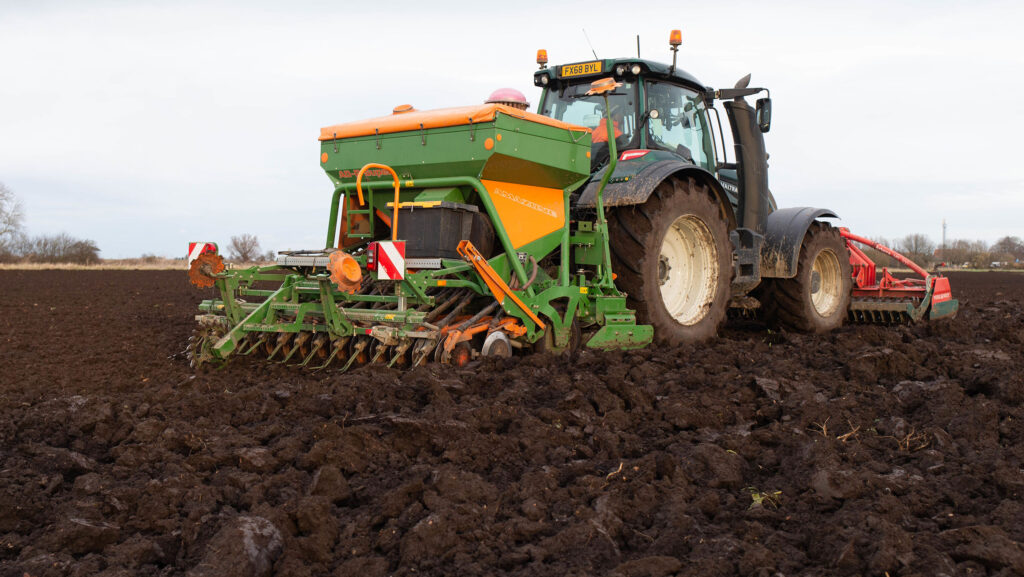Agronomist tips for managing late-drilled wheat
 © Tim Scrivener
© Tim Scrivener Be prepared to be flexible in your approach to managing later-drilled winter wheat crops after the planting delays caused by the wet start to autumn, a leading agronomist is urging.
According to Mike Thornton, head of crop production for ProCam, winter wheat drilling has varied widely around the country, with some growers seeing a repeat of last autumn’s washout delays, while other regions made good progress.
“There’s a considerable area of crops to be drilled after this year’s increased maize area,” says Mr Thornton.
“And after root crops. Later drilling situations demand a considered approach.”
See also: Cover crops may aid late wheat drilling on heavy land
He says the key with late-drilled wheat is to tailor inputs to the crop, which include nutrition, slug control, and being prepared to adjust weed control according to weather windows.
“Later-drilled crops generally have poorer root systems and fewer tillers.
“So a key aim is to stimulate lazy roots to become better at accessing nutrient reserves in the soil.
“Use soil testing to tell you the levels of key nutrients available.
“Then, manage each field on its merits.”
He adds that ensuring spring nitrogen is applied suitably early is an important foundation.
But nowadays there are more sophisticated options for boosting growth than simply adding a bit more N.
These include foliar-applied biostimulants, or soil-acting ones if plants are small; phosphite treatments for rooting; and foliar-applied endophyte bacteria that fix and provide N inside the plant.
Later-drilled cereals are also more susceptible to slug damage, he warns. With a lot of weedy maize crops this season – due to missed herbicide applications – slug risks will be increased.
“Later drilling also shortens the weather window for applying herbicides before fields become too wet to travel.
“So it might be appropriate to make one robust pre-emergence herbicide application rather than gambling on being able to apply a pre-emergence followed by a later top-up.”
Don’t rule out the plough
Although less popular nowadays for environmental reasons, ploughing to open up the soil will be a key consideration this season, at least in some fields, says Mike Thornton.
“Ploughing can improve drainage and reduce compaction, and crops that were planted after ploughing last season often fared better.”
He explains that there is a lot of soil damage left over from last season that needs rectifying, and there’ll be a lot of soil damage where maize crops have been harvested late in wet fields.
“So assess fields individually to judge whether the benefits of ploughing outweigh the costs.”

